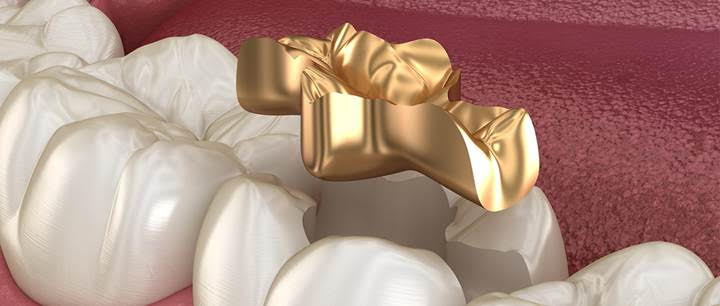Dental Filling in Iran
Best Quality Dental Services with Reasonable Price
Why Dental Filling in Iran?
While dental services are expensive and may not be covered by insurance companies in many countries, Iran offers world-class dental services, either therapeutic or cosmetic, at surprisingly affordable prices. The well-equipped dental clinics in Iran offer all kinds of dental services, such as dental bridges or dentures, and orthodontic treatments.
Iran could be your first medical destination whether you need dental veneers just to make your smile more attractive, or simply an unavoidable dental filling. Moreover, there is no waiting time since you can see modern dental centers and board-certified dentists and dental surgeons in every corner of the country, especially in large cities mainly Tehran and Shiraz.
Why Iran Medical Tours?
If you wish for hassle-free travel to Iran to receive dental services, Iran Medical Tours will assist you through the whole process, from getting Iran medical visa, airport pickup, accommodation, and transfer, to the accompanying translator, medical appointments, and follow-ups after you return to your country.
We can also help you add to the quality of your trip by combining your dental filling in Iran with well-equipped dental services in Iran’s top tourist destinations such as Isfahan with its amazing architecture, Mashhad religious tour, or the North part of Iran which is a wonderful place for recovery with its pristine nature.
Then, feel free to contact us for a free consultation!
Dental Filling Process
Dental filling is one of the most common dental treatments around the globe. If it is performed at earlier stages of dental decay, tooth loss can be avoided. Dentists usually resort to tooth fillings to treat teeth damaged by cavities, also known as dental caries.
In the dental filling procedure, the dentist removes the area affected by cavities using a drill, air abrasion instrument, or laser, and then cleans and dries it. If needed, the area around the affected tooth will be numbed using a local anesthetic to ensure that you do not feel any pain.
After that, he or she fills the defect using various materials, restoring the tooth to its original shape and function, and preventing decay that may result from the presence of defects or holes in the tooth. Finally, the dentist will ask you to bite on a special paper to check the height of the filling for final adjustment until it feels comfortable.
As far as tooth decay is in its earlier stage and just the enamel has been affected and the inner pulp of the tooth is healthy, the dental filling can save your tooth. It is also the best solution for broken or injured teeth and for worn-out tooth restoration.
If there is some inflammation or irritation during the operation, the patient has to wait for another session until it heals. Then, the dentist can fill the tooth.
If the decay is close to the root, the dentist puts first a liner of composite or other materials in the cavity to protect the nerves and then fills the tooth. Then, the tooth is polished so that the teeth can lay on each other properly.
If the tooth structure is destroyed, an inlay or onlay dental filling is placed on the damaged tooth indirectly. In this situation, the dentist molds the damaged tooth, sends the mold to the laboratory, and fills the tooth with a temporary filling. In the laboratory, they will make the filling with the proper material and send it to the office. In the second session, the dentist locates the laboratory-made material properly and it will attach to the tooth permanently.
How Do I Know if I Need a Filling?
When you visit your dentist for a dental check-up in Iran, the dentist examines the surfaces of your teeth looking for any abnormalities or changes. A panoramic dental X-ray image may be requested by your dentist as well. After the assessment, the dentist will discuss what kind of treatment your teeth need, and this depends on how damaged the tooth is. In the event of a simple cavity in the enamel of the tooth, the dentist removes the affected parts and fills up the little hole with one of the materials used in the dental filling.
Remember, by regular dental checkups, your decayed tooth can be diagnosed and saved sooner, so it is much easier to treat and fill.


